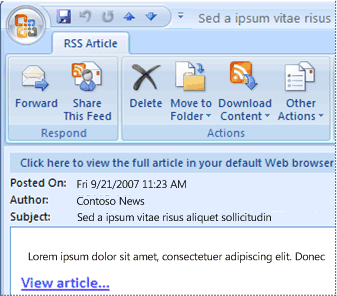


To view RSS feeds on topics of their choosing, users need to enable programs called feed readers or aggregators. Feeds are written in Internet coding language known as XML (eXtensible Markup Language). RSS feeds contain headlines, summaries and links to full content on the refering website. RSS feeds can be used to stay informed about online content that changes or is updated often, such as news articles or podcast episodes. The steps are simple, and you don’t have to know how to code.Really Simple Syndication (RSS) is a web feed that allows users and applications to access updates to websites in a standardized, computer-readable format. Or you could use a feed builder and host your podcast on RSS.com to create your podcast RSS feed. You then will need to add a new item each time you create a new episode so that your episode will show up in your readers’ feeds. If you know how to code (most of us don’t), you can create an RSS feed by using XML to declare the channel, title of your feed, links to your channel, and more. The bottom line is that you need to create an RSS feed for your podcast so your listeners can easily subscribe. In fact, you should make that task as easy as possible, or you’ll risk seeing your numbers dwindle. It’s your job as a content producer who wants followers to make yourself easy to find. They’ll visit their feed, see what’s new, and click on your latest episode. When your fans subscribe to your podcast RSS feed they’ll see updates in real time in their summary display. People are busy and consume so much online content that it’s easy to be forgotten! The die-hard ones will religiously check your channel to make sure they haven’t missed an episode, but many simply won’t take the time. It’s important for your listeners to stay up-to-date on all your new podcast episodes.


 0 kommentar(er)
0 kommentar(er)
